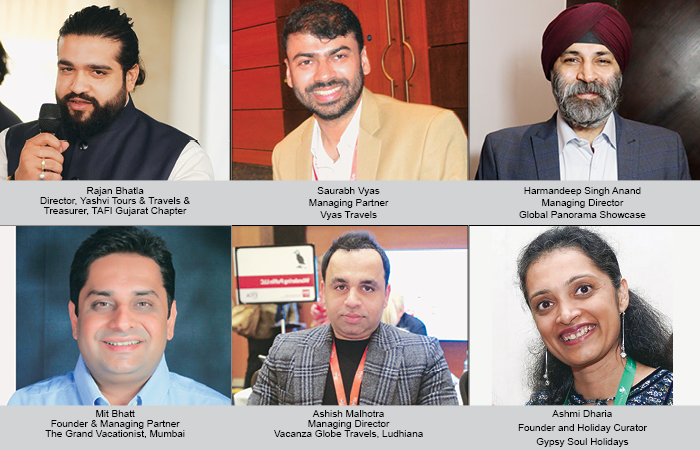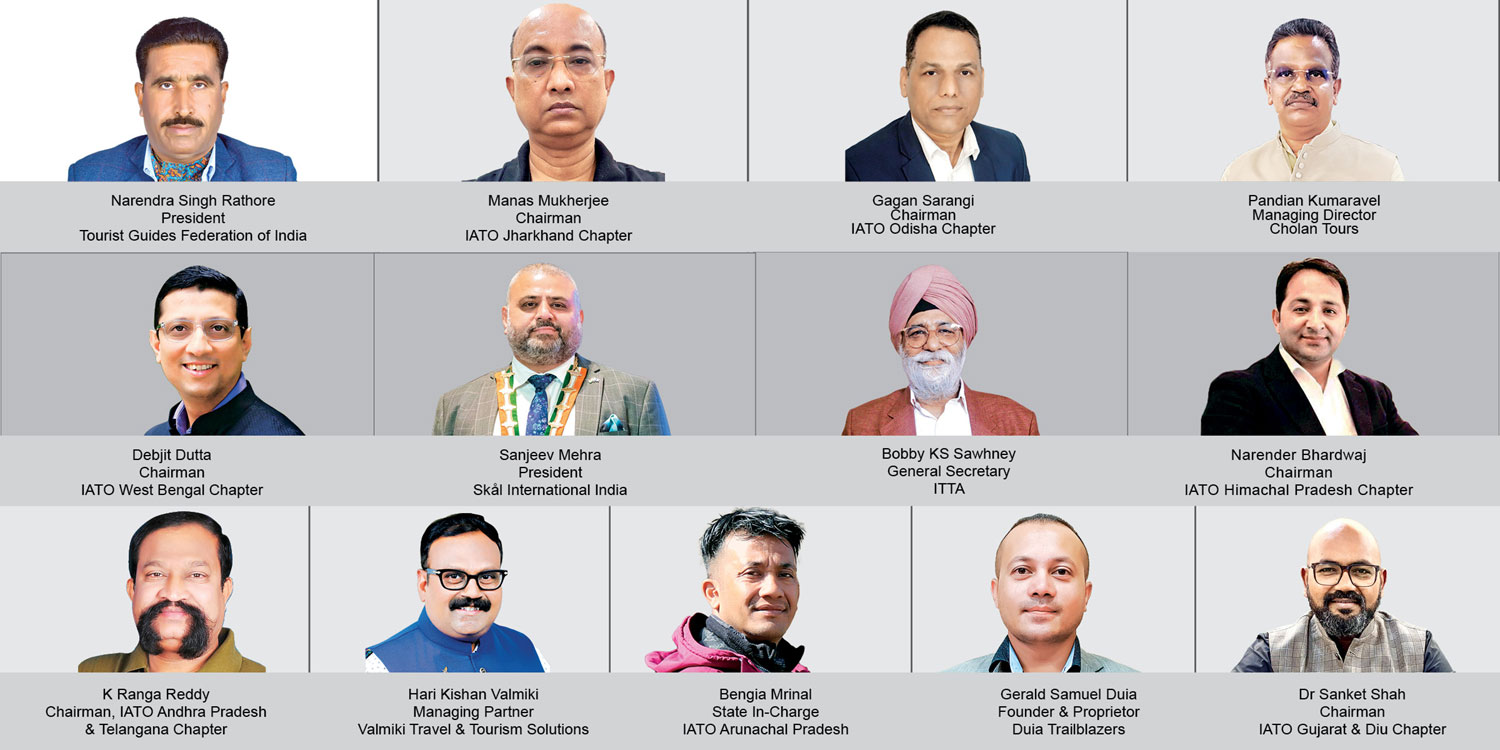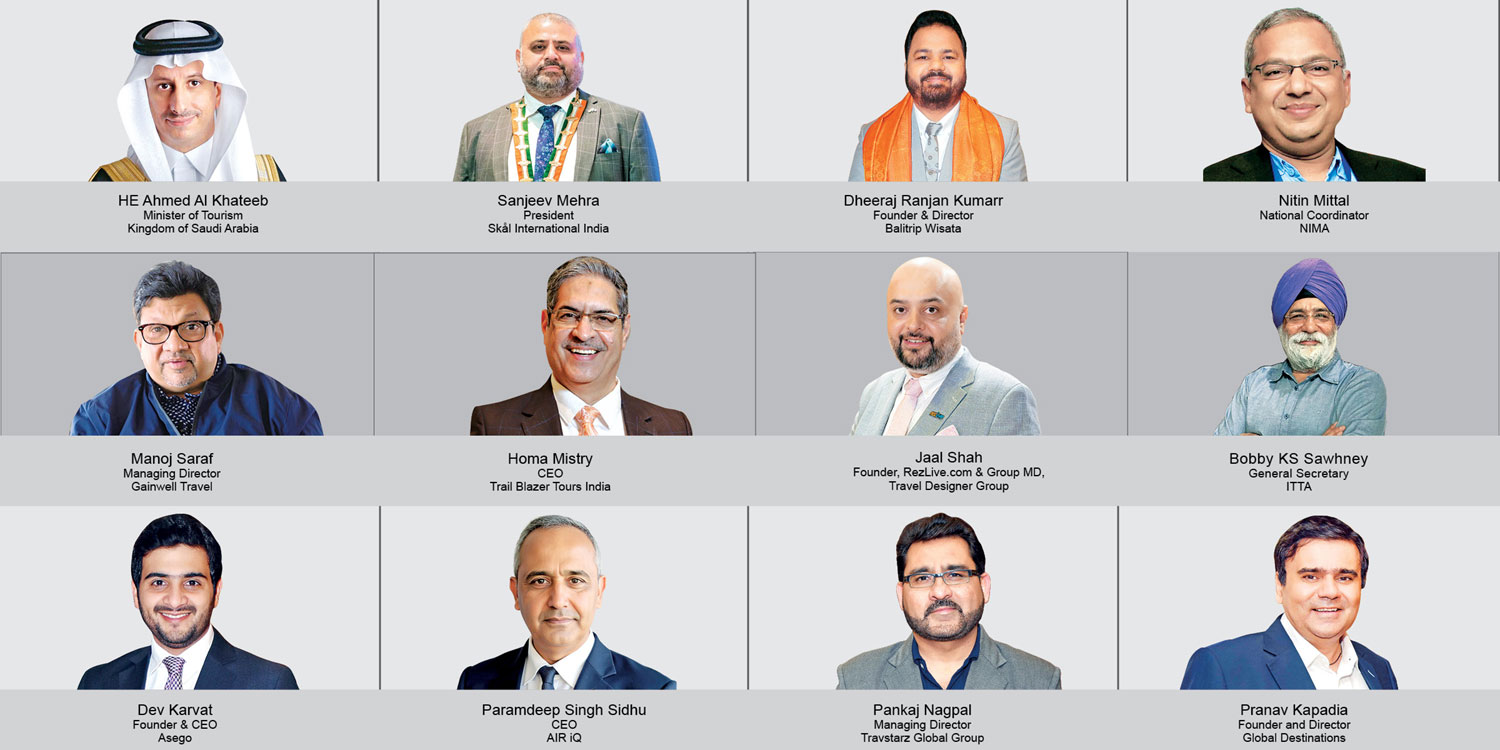Servicing Indian clients who are constantly looking for something ‘new’ can be a challenge, especially when one can’t find a DMC that knows and understand the India market. TRAVTALK speaks to a few holiday designers who say that finding the right DMC for connecting with destinations that primarily serve the US, UK, and Europe markets can pose a problem.
Hazel Jain
As the role of travel advisors continues to evolve, some find the need to directly source tours from Destination Management Companies (DMCs). But which DMC to book with has been an eternal question in the minds of advisors, especially when it comes to newer destinations that have not completely established themselves in the India market. Tourism boards typically refrain from recommending one DMC over another to maintain fairness, as each DMC offers distinct products. Nevertheless, advisors often encounter challenges when their clients require a different type of product or a rate that is suitable for India.
The struggle is real
Gandhinagar-based Rajan Bhatla, Director, Yashvi Tours & Travels and Treasurer of TAFI – Gujarat Chapter, has have encountered several challenges in promoting new and exotic destinations like Baku, Vietnam, and Almaty to Indian clients.
“One significant issue is finding reliable DMCs, especially for destinations in the US, UK, and European markets. We overcome this challenge by staying updated through attending various roadshows and travel fairs. Additionally, being part of travel associations helps us connect with reliable DMCs through fellow members. These strategies ensure we can offer the best experiences to our clients despite the challenges in sourcing dependable DMCs for new destinations,” he explains.
He is not alone in facing this issue. Saurabh Vyas, Managing Partner at Raipur-based Vyas Travels, says that finding the right DMC that specifically focuses on the Indian market is challenging. He promotes new destinations like the West Midlands and North-East England, Toulouse, Aix-en-Provence, and Dijon in France, and Utah and Arizona in the USA. “First, we must shortlist at least five DMCs through internet research and personal networking. Then we contact them individually to understand how they can assist us. This process is time-consuming. With information readily available online, you must dedicate time, effort, and focus. Attending TTFs in India and abroad is crucial to engage with specific DMCs. This also helps explain your market’s interests and capabilities to them, thereby attracting their attention to the Indian market and highlighting business opportunities,” Vyas adds.
Are tier cities more likely to face this issue? Yes, absolutely, says Vyas, adding “Living in tier II cities presents challenges such as limited attention from tourism boards to educate the local travel fraternity and the agents’ lack of knowledge about new destinations.” Towards this, Harmandeep Singh Anand, Managing Director, Global Panorama Showcase, has been working hard to bring sellers and DMCs to the tiered cities. He says, “Our aim has been to educate and empower the travel industry. We have grown over the years, bringing more and more exhibitors on to this platform to arrange a meeting between them and the agents in tiered cities.”
Quality DMCs for India
Some travel designers also face a hurdle in promoting India to their inbound clients due to a lack of quality and reliable DMCs. For instance, Mit Bhatt, Founder & Managing Partner, The Grand Vacationist in Mumbai, tends to focus more on outbound clients even though he would love to promote Indian itineraries. “Finding DMCs that have maintained certain standards of quality and reliability is always a challenge in India. While we do work with a handful of good ones, they are restricted to a few regions in India. Finding others becomes a challenge, add to this the wafer-thin margins. So, it is not worth the time and effort to sell India for us, even though we would love to sell it more. For instance, we see a lot of potential for the Northeast. We would love to promote specific itineraries where we can be in control and work with reliable suppliers,” Bhatt explains.
Trust and reliability are key factors in choosing DMCs. Ashish Malhotra, MD, Vacanza Globe Travels in Ludhiana, says, “Building trust with a new DMC is crucial. Without a proven track record, it can be difficult to assess their reliability and the quality of services they provide. We see a strong inclination to travel to countries like Iceland, Japan and South Korea. In addition, destinations like Mykonos (Greece), Bodrum and Cappadocia (Turkey), Mexico (Cancun and Tulum), have been top selling. We have our suppliers set right mostly, and most of the destinations now want to sell to Indian markets seeing the tremendous growth of outbound tourism. But since some of these destinations themselves are new, there might be less readily available information about DMCs operating there.”
Finding the right DMC for connecting with destinations that primarily serve the US, UK and Europe markets can indeed pose challenges. Ashmi Dharia, Founder and Holiday Curator, Gypsy Soul Holidays, feels that while getting contacts from trade shows, tourism boards, or networking with experienced travel professionals is relatively straightforward, the real hurdle lies in finding a DMC that comprehends the intricacies of the Indian market. “Indian travellers often exhibit last-minute booking tendencies and demanding preferences, including unique meal requirements and a penchant for frequent changes. This can be unfamiliar to many DMCs. However, by fostering personal relationships with DMC representatives, we can bridge this gap. Establishing trust and rapport enables smoother communication and ensures tailored support for our clients’ needs,” she says.
Apart from DMC-related challenges, selling new destinations presents its own set of hurdles. Limited awareness necessitates extensive self-education efforts on part of the agent, and proactive engagement to spark client interest. Navigating visa procedures, transportation logistics, and accommodation availability in emerging destinations can be slightly more difficult compared to established tourist hubs.
Dharia adds, “Moreover, understanding best time to visit and effectively managing seasonal variations, availability, and pricing are pivotal for ensuring client satisfaction. It’s tricky to offer new places at a good price while still making them sound exciting. This is especially hard when comparing them to popular spots.” Addressing these challenges with strategic planning and a client-centric focus enhances the agents’ ability to successfully sell new destinations.
 TravTalk India Online Magazine
TravTalk India Online Magazine





